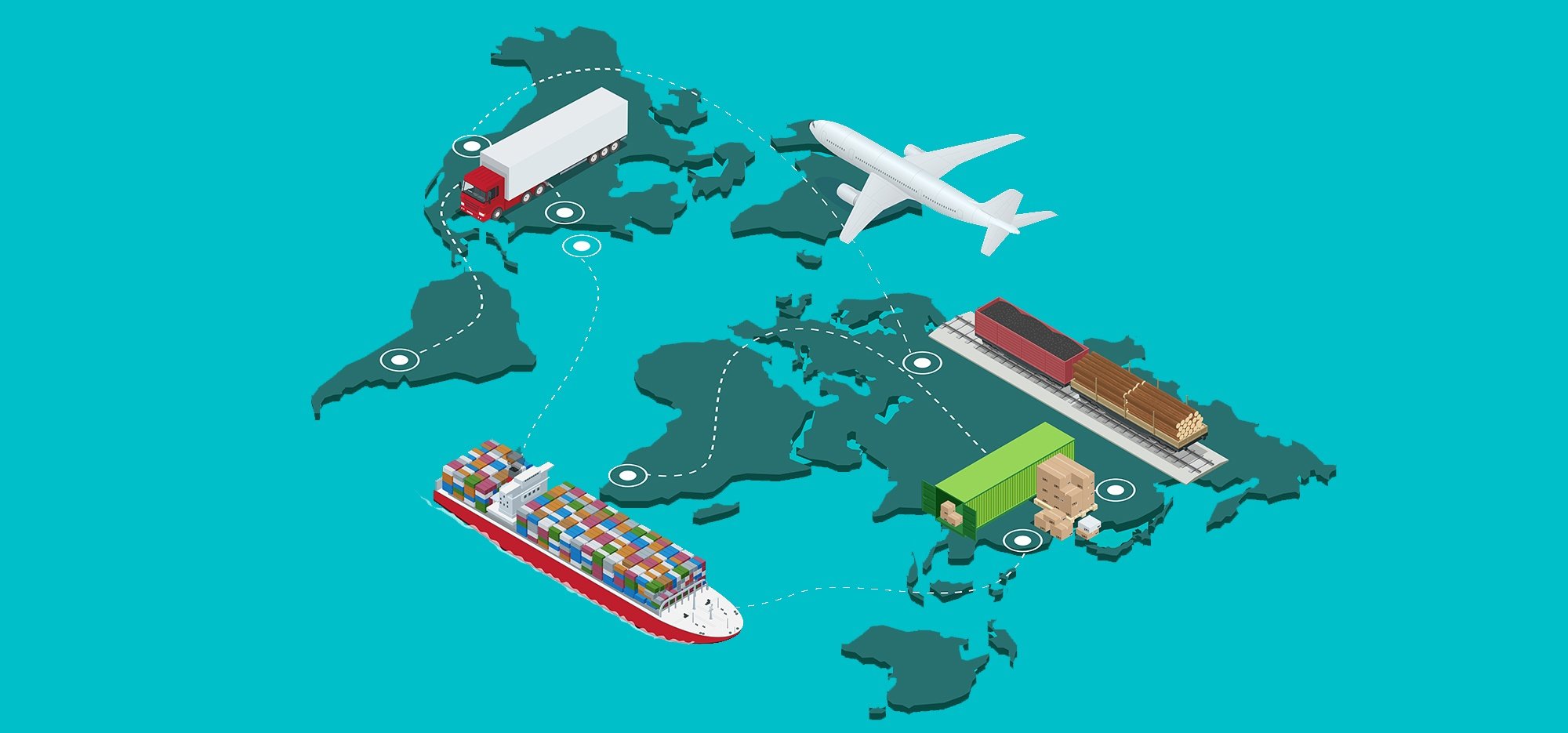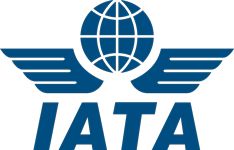The lines separating supply chain management from logistics can appear blurred, and the two concepts are often referred to interchangeably. Yet although a symbiotic relationship exists, each possesses distinctly different functions and purposes, comprised of specialized tasks and responsibilities.
Overview
Think of a supply chain as a network—of manufacturers, suppliers, wholesalers, retailers, etc.—rather than a series of specific functions.
Logistics, on the other hand, is more immediately tangible; it refers to the activities involved in moving goods from one point to another within a supply chain.
Simply put: Logistics is a fraction of supply chain management; the latter, an umbrella term used to describe an entire business philosophy, encompassing all internal and external supply chain processes, including logistics.
Still scratching your head? You are not alone. Here's a more in-depth, visual analysis of the difference between logistics and supply chain management, including definitions, processes, purposes, job descriptions, and technologies affiliated with both.
Definitions
|
Logistics
|
Supply Chain
|
|
Noun
1. the branch of military science and operations dealing with the procurement, supply, and maintenance of equipment, with the movement, evacuation, and hospitalization of personnel, with the provision of facilities and services, and with related matters
2. the planning, implementation, and coordination
of the details of a business or other operation
|
Noun
1. a channel of distribution beginning with the supplier of materials or components, extending through a manufacturing process to the distributor and retailer, and ultimately to the consumer
|
Processes
|
Logistics
|
Supply Chain Management
|
- Inbound and Outbound Transportation
- Warehousing
- Reverse Logistics (Returns)
- Protective Packaging
- Fulfillment
|
- Procurement
- Supply Planning
- Demand Planning
- Enterprise Resource Planning
- Inventory Management
- Manufacturing
- Logistics
- Optimization
|
Purpose
|
Logistics
|
Supply Chain Management
|
|
The purpose of logistics is to provide just-in-time delivery for the primary sake of customer satisfaction.
|
The goal of supply chain management is supply chain optimization for the sake of competitive advantage, as in the most efficient and cost-effective methods for those working within a supply chain.
|
Job Descriptions
|
Logistics Manager
|
Supply Chain Manager
|
|
Job responsibilities for a logistics manager include:
- Managing and planning for logistics policies, objectives, and initiatives.
- Creating procedures for logistics management to optimize product workflow and minimize cost.
- Monitoring vendor selection and negotiation, distribution, transportation, and inventory control.
|
Job responsibilities for a supply chain manager include:
- Overseeing and managing overall supply chain and logistics operations, to maximize efficiency and minimize cost.
- Collaborating with multiple-functional managers to
plan and execute the development of a
distribution center operational process to
enable seamless transfers.
- Managing and monitoring vendors' qualifications and performances to ensure they meet the company's requirements.
|
Technology
|
Logistics
|
Supply Chain Management
|
- Transportation Management System (TMS): a logistics platform enabling users to manage and optimize daily operations of their transportation fleets
- Warehouse Management System (WMS): software and processes enabling organizations to control and administer warehouse operations from the time goods or materials enter until they move out
|
- Enterprise Resource Planning (ERP) software: functions similar to a central nervous system, for a business, by collecting information about the activity and state of various divisions of the body corporate, and making this available to other parts, where it can be used productively and . added, in real-time, by users
- Radio Frequency Identification: the use of radio waves to read and capture information stored on a tag attached to an object, which can be read from up to several feet away, and doesn't need to be within direct line-of-sight of the reader to be tracked
- Customer Relationship Management (CRM) Software: a category of software covering a broad set of applications, designed to help businesses manage many of the following processes: customer data, customer interaction, information access, and sales automation
- “Big Data”: extremely large data sets that may be analyzed computationally to reveal patterns, trends and associations, especially relating to human behavior and interactions
|
Also keep in mind: While it is correct that logistics is technically a subset of supply chain management, it is misleading to only consider logistics in terms of SCM. The magnitude of consequences associated with logistical practices is too great, and too essential to the whole of a supply chain to be tethered to a singular, master term without recognizing its leadership role within that greater puzzle of supply chain management.
Subscribe to the CAF Worldwide blog to learn more about all things logistics and supply chain management, or contact us to request a quote.













 Copyright 2025 CAF Worldwide. All rights reserved.
Copyright 2025 CAF Worldwide. All rights reserved.